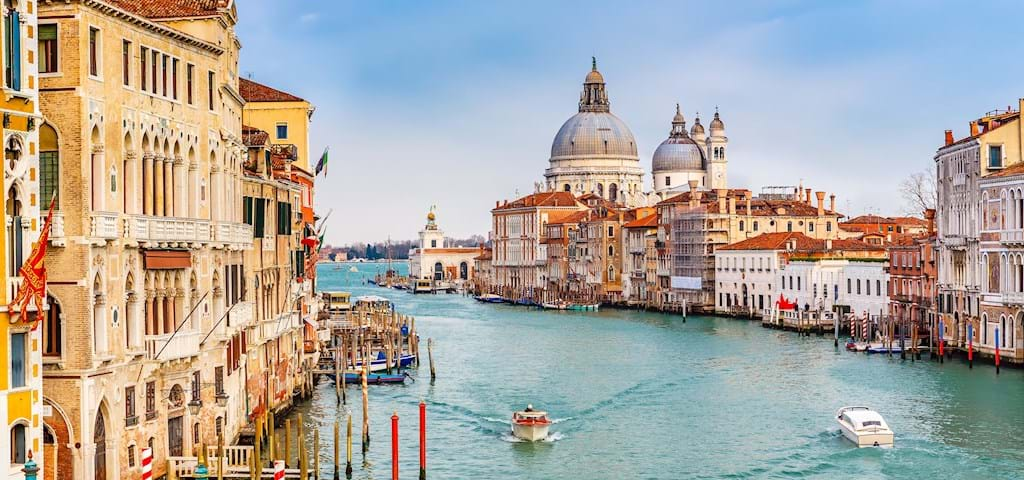
Venice Icons Tour: Doge’s Palace & St. Mark’s Basilica
Explore Venice's most important sights on this complete tour of the Floating City. Visit St. Mark's Basilica and go inside the Doge's Palace all with an expert guide to uncover the real stories that made Venice great and make it so unforgettable today.


